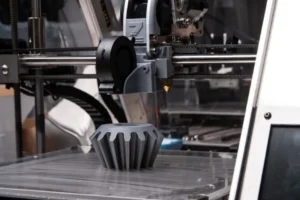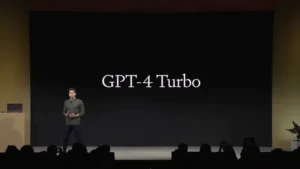
You are in the right place if you are looking for how astronomers work to unveil the ages of planets and stars. It’s like peeking into the history book of the universe. Astronomers have some excellent methods up their celestial sleeves to figure out how old these cosmic objects really are. So, from dating ancient rocks on Earth to deciphering the secrets of distant stars, we’ll learn how they unravel the mysteries of time in the cosmos.
Table of Contents
Planet’s Age
Imagine you want to know the age of a rock. Scientists use a method called “radiometric dating.” This trick checks out the radioactive isotopes inside rocks. These isotopes decay at a known rate. By measuring how much radioactive stuff is left in a rock, they can tell how old it is.
One famous isotope used is uranium-238, which transforms into lead-206 over time. The ratio of these two elements in a rock helps scientists estimate its age. Another way to guess a planet’s age is to count its craters. The more craters, the older the planet, as it’s had more time to get smacked by space rocks. For instance, our moon has loads of craters, suggesting it’s about 4.5 billion years old.
Star’s Age
Stars spend most of their lives on the “main sequence,” where they fuse hydrogen into helium. A star’s lifetime depends on its mass. Heavy stars live fast and die young, while lighter ones stick around for a longer cosmic tea party.
To figure out a star’s age, astronomers check its mass and brightness. They can also measure a star’s rotation rate, as stars slow down as they age. If you see a star spinning like crazy, it’s probably young.
For instance, the Sun, with about 1 solar mass and luminosity, is set to spend around 10 billion years on the main sequence. Older stars like it spin much slower.
Simulating Stellar Evolution
Astronomers also turn to theoretical modeling to understand the ages of planets and stars. Through computer simulations, they can replicate the processes of stellar formation and evolution. These simulations provide insights into the behaviors of celestial bodies and their lifecycles. By comparing the results of these models to observations, researchers can estimate the ages of stars and planets, filling gaps where direct measurements are challenging to obtain.
Unraveling Exoplanetary Histories
The study of exoplanetary systems, planets that orbit stars other than our Sun, plays a role in estimating planetary ages. By examining the properties of exoplanets, such as their compositions, atmospheres, and orbital dynamics, scientists can draw conclusions about the age of these celestial bodies. Additionally, the study of planetary systems as a whole, including the arrangement and characteristics of planets in orbit, provides insights into the dynamical and evolutionary history of these systems.
Accuracy and Limits
The accuracy of these methods can vary. Radiometric dating is super precise (typically less than 1%) but only works for things with radioactive bits. Counting craters is less precise (usually 10-20%) but works for any solid-surfaced object. Estimating a star’s age based on mass and brightness is quite accurate (usually less than 10%) but only applies to stars on the main sequence. Measuring a star’s rotation speed is the least accurate (usually 20-50%), but it can be used for stars at any stage.
Here are some real examples of what these methods have told us:
- Earth’s oldest rocks are about 4.5 billion years old, suggesting Earth’s age.
- The Moon has countless craters, hinting it’s around 4.5 billion years old.
- The Sun is about 4.6 billion years old, and Sirius, a different star, is roughly 250 million years old.
- Young stars like Pleiades 17 are around 100 million years old, but the elderly star HD 140283 might be about 14 billion years old.
- Astronomers are always inventing new and improved ways to uncover the ages of planets and stars.
Our Take on Planetary and Stellar Ages
As our cosmic quest comes to a close, we’ve delved enough into the captivating realm of planetary and stellar ages. From the ancient rocks of Earth to the distant stars in the sky, astronomers have unveiled the secrets of time in the cosmos. While each method has its strengths and quirks, they all add pieces to the grand celestial puzzle. So, next time you gaze at the night sky, remember that those stars and planets have stories, and their ages are but a chapter in the ongoing cosmic saga. Keep exploring, and the universe will keep revealing its enchanting mysteries.








